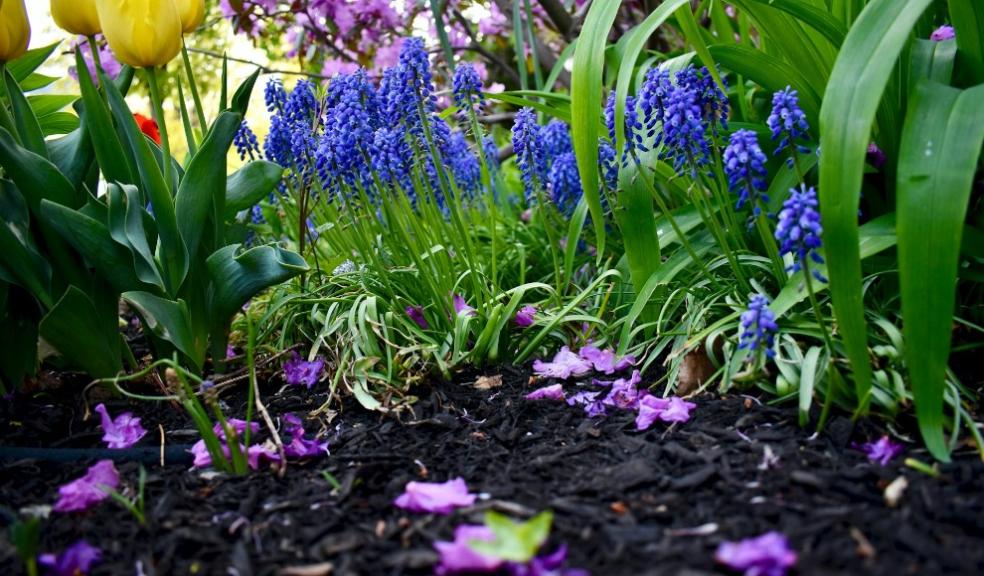
Soil Preparation Techniques for a Thriving Spring Garden
Spring is the season of renewal, and for gardeners, it is the ideal time to prepare the soil for a successful growing season. Healthy soil is the foundation of any thriving garden, providing plants with essential nutrients, proper drainage, and a balanced structure. Without well-prepared soil, even the most carefully chosen plants may struggle to establish roots and grow to their full potential. By taking the right steps early in the season, you can create the perfect environment for flowers, vegetables, and shrubs to flourish.
One of the first steps in soil preparation is testing its composition. Understanding the pH level and nutrient content of your soil allows you to make necessary amendments to create optimal growing conditions. A simple soil test kit, available at garden centres, provides insight into whether the soil is too acidic or alkaline. Most plants thrive in a pH range between 6.0 and 7.0, though certain plants like blueberries and azaleas prefer more acidic conditions. Adjusting the pH with lime to raise it or sulphur to lower it can help create the right balance for plant health.
Once you understand your soil’s makeup, the next step is improving its structure. Soil can be sandy, clay-heavy, or loamy, each with different properties that affect plant growth. Sandy soil drains quickly but lacks the ability to retain moisture and nutrients, while clay soil holds water too well, often leading to compaction and poor aeration. The goal is to achieve a loamy texture that holds moisture while allowing excess water to drain. Adding organic matter such as compost, well-rotted manure, or leaf mould helps improve soil structure, providing a balanced environment for root development.
Tilling or turning the soil is another crucial aspect of preparation. While tilling aerates the soil and breaks up compacted areas, it should be done with care to avoid disrupting beneficial microorganisms. A garden fork or a rototiller can be used to loosen the top layer, allowing air, water, and nutrients to reach deeper levels. Over-tilling can harm soil health, so it is best to focus on gentle aeration rather than excessive disruption. In no-dig gardening methods, adding a thick layer of compost or mulch on top of the soil can naturally improve its condition over time.
Mulching is an effective technique for maintaining soil moisture, suppressing weeds, and regulating temperature. Organic mulches such as straw, wood chips, or shredded leaves slowly break down, adding valuable nutrients to the soil. A layer of mulch also prevents soil erosion and reduces the need for frequent watering. When applying mulch, keeping it a few inches away from plant stems helps prevent rot and disease.
Cover cropping is another method that enhances soil health, particularly for larger gardens. Planting cover crops like clover, rye, or alfalfa in the fall helps prevent soil erosion, fix nitrogen levels, and improve soil structure. When tilled into the soil before spring planting, these crops decompose, enriching the soil with organic matter. This technique is commonly used in sustainable and organic gardening practices to maintain long-term soil fertility.
Proper drainage is essential to prevent waterlogging, which can lead to root rot and fungal diseases. If your garden has poor drainage, raised beds or adding sand and organic material can help improve water flow. Creating slight slopes in planting areas can direct excess water away from delicate plants. For container gardening, choosing pots with drainage holes ensures that plants do not sit in stagnant water.
At Ron Smith, gardening professionals underline the importance of soil preparation as the key to a successful garden. By testing, amending, and properly aerating the soil, gardeners set the stage for healthy plant growth throughout the season. Taking the time to prepare soil in early spring leads to stronger roots, better yields, and more resilient plants.
Fertilization is another important step in soil preparation. Organic options like compost, bone meal, and fish emulsion provide slow-release nutrients that support plant growth without the risk of chemical buildup. Synthetic fertilizers can offer quick results, but they should be used carefully to avoid over-fertilization, which can harm plants and beneficial soil organisms. The best approach is to match fertilizers to the specific needs of your plants and soil conditions.
Weed control is a final but vital aspect of preparing soil. Weeds compete with plants for nutrients and water, often spreading rapidly if not managed early. Removing weeds before they establish deep roots makes garden maintenance easier throughout the season. A combination of hand-pulling, mulching, and hoeing helps keep unwanted plants under control.
With careful soil preparation, your garden will be primed for success, allowing plants to thrive with minimal intervention. A well-maintained soil ecosystem fosters strong, productive plants that contribute to a vibrant and healthy outdoor space. By investing time in preparing your soil properly, you can enjoy the benefits of a flourishing garden throughout the spring and beyond.









